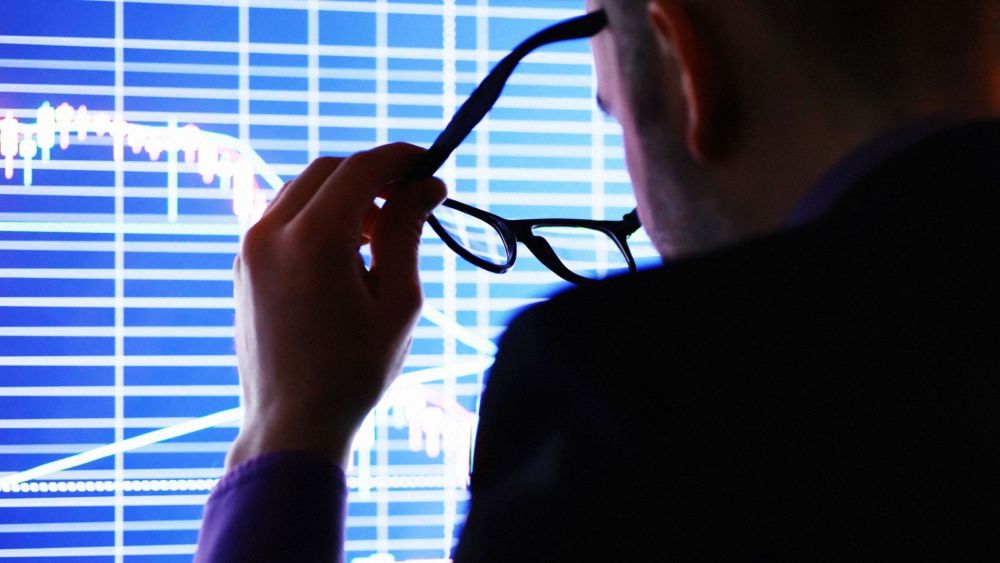“I bought $STOCK at $10.”
“I really think it will go up to $15.”
“Just in case it doesn’t, I’ll set my stop loss order at $8.”
“That way, the most I can lose is 20% of my money.”
On the surface, this sort of thinking seems logical, maybe even prudent. This investor is using a stop to prevent a worst-case scenario: being wiped out by the stock dropping to $0. But here’s the thing: relying on stop-loss orders to “avoid” risk is completely backwards. A stop-loss doesn’t mitigate or prevent the risk in your trades: it locks risk in.
Far too many traders fall into the trap of treating stop-loss orders like an insurance policy because they cap your losses. But this oversimplification leads to consistent losses over time, simply because stop losses aren’t meant to be used this way. If you want to manage or eliminate risk, there are plenty of ways to do so: portfolio planning, hedging, diversification, buying T-bills – but stop losses aren’t one of them.
4 simple reasons to stop using stop-loss orders
Let’s break it down with some examples.
A stop-loss order doesn’t guarantee you a price. For example, if bad news tanks a stock after hours, causing it to fall well below your stop-loss by the start of trading, your stop-loss will still be triggered, but at a lower price than you wanted. This can also happen in intraday trading during extreme volume spikes.
Mini flash crashes. A “flash crash” is a rare event: when high-frequency trading algorithms cause a stock’s price to rapidly drop and recover without any real-world news or event driving the selloff. But on some level, this happens to all kinds of heavily traded stocks, commodities and ETFs every day. Prices can drop +10% in minutes before recovering as if nothing happened. Even if you’re using stop losses “properly,” they can easily be triggered like this for literally no reason at all.
Stop hunting. No, this isn’t a PETA slogan. “Stop hunting” is the practice of manipulating markets to take advantage of other traders’ stop-loss orders. Experienced traders are more than capable of figuring out where stop prices are likely to be. Their game plan is often simple: they short a stock to push its price lower until the stop losses are triggered. Then, they swoop in and buy the flood of stocks at this lower price. You might call it a “dump and pump.” We call it a sure-fire reason to avoid stop losses.
Markets don’t have fixed exit points, so you shouldn’t either. Every market, whether forex or equities, bonds or commodities, is a constantly evolving formula. And the mathematical patterns that occur in the real world don’t include a zero. They adapt and react in real time. As such, traders should be willing and able to alternate from long to short instead of setting a definite exit point. Stops – and even price targets – can cause traders to exit completely out of sync with the macro pattern occurring in the market. The willingness and ability to go from long to short and back again is fundamental to being a trader today, and stop losses have no place in it.
If you’re looking for a trading strategy that can actually help you manage risk and spot market trends, check out fractalerts. Instead of relying on stop losses, they’re based on our proprietary algorithm, which pulls from chaos theory and fractal geometry to point out opportunities in 34 different markets. To learn more, head to our Get Started page.
-

The rhytm beneath the noise
-

You Don’t Need a Trading Style. You Need an Edge.
-

Consistency Isn’t the Goal—It’s the Outcome
-

What 2 Quadrillion Data Points Told Us
-

Math and Physics-Based Trading in Any Market Condition
-

Do not worry about anomalies
-

Consistency should not be the goal. Consistency should be the result.
-

Stop canceling fridays
-

The Elliott Wave Forecast is Subjective, Bias Driven And Backwards looking
-

Finding patterns in market data

